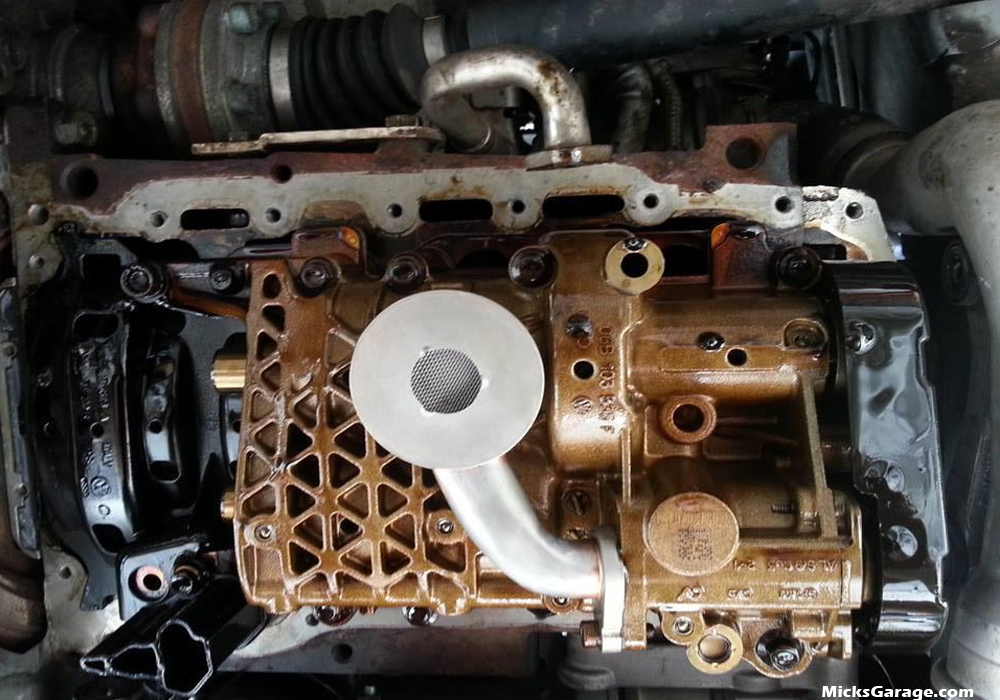The introduction from the 2.0T FSI engine for the market in 2015 had many euro enthusiasts excited with anticipation. Probably because the predecessor, 1.8T engine created a lot of impact on the aftermarket euro tuning scene many years after its debut. The 1.8T became one in the most tunable engines in Euros. Performance manufacturers started making an enormous volume of aftermarket parts for your engine, with a lot of parts to choose from, prices for them dropped and come up with the potential for enthusiasts to tune their engines to output a severe volume of power. Back on the 2.0T FSI engine, that exists inside a large various Audi and Volkswagen vehicles worldwide, such as Audi A3, A4, VW GTI, Jetta GLI, Eos, and Passat.
For the North American market, the engine was introduced in 2015 Jetta and 2016 Passat and was 2.0L/200HP 4-Cylinder Turbo FSI ( Fuel Stratified Injection) with 4-Valves per Cylinder at 207 lb-ft of torque. The special features of the engine include exhaust system with 2 catalytic converters, Hitachi ethanol-resistant high-pressure fuel pump, returnless fuel system, homogeneous fuel injection, decoupled final drive sprocket inside balance shaft drive gear, and elliptical secondary drive wheel on the crankshaft. The Fuel Stratified Injection can be a direct-injection system produced by Volkswagen and make use of several VW and Audi cars. The main purpose is always to raise the output of the engine and reduce fuel consumption, and VW claims their FSI can it by as much as 15%.
Since this engine packs the potential, and its particular predecessor has a large amount of earned respect in the performance industry, plenty of companies started manufacturing aftermarket parts for just two.0T FSI. With a large number of parts available for your engine now, tuners can extract around 30% more power in the engine with just basic upgrades. Just like in any vehicle that is certainly lenient for performance upgrades some in the basics are, software upgrade, cold air intake, intercooler, and exhaust. Let’s commence with the application upgrade, which can be probably one with the simplest and most performed upgrades that will bring probably the most who gain. There are a large number of brands around the market that supply quality products, but an average of, a software upgrade will generate anywhere from 20-50 horsepower gain, and 50-85 torque gain. Intake is the most fundamental method to increase engine output, it improves the quantity of cold air going in the engine or higher precisely into the combustion chamber.
There are an unending quantity of CAI (Cold Air Intake) systems easily obtainable for the market today probably for each vehicle for the market. By installing a CAI you can anticipate an average of 8-10 horsepower increase. The next step is an intercooler, the primary function of an intercooler in a very turbocharged engine is usually to decrease air intake temperature by providing constant cooling, this may lead to more consistent power delivery and further power. Most aftermarket intercoolers are 100% bolt-on and require no trimming. You can expect a normal increase of 15 who on a modified car. The last fundamental performance mod is an exhaust system. OEM exhaust systems have become restrictive, simply because they have obligations to fulfill certain sound and emission standards in the industry. Aftermarket exhaust systems are created with a performance at heart as a priority. By eliminating the unnecessary bends within the piping design in the exhaust and increasing pipe diameter, they reduce backpressure and maximize power output. You can expect between 10-12 who increase from certain aftermarket exhaust systems. This was a summary of basics upgrades for the 2.0t FSI engine or other OEM turbocharged engine. With these upgrades, you can extract as much as 30% more power output from the automobile. All of these modifications can be found as bolt-on, and may not want to trim.

